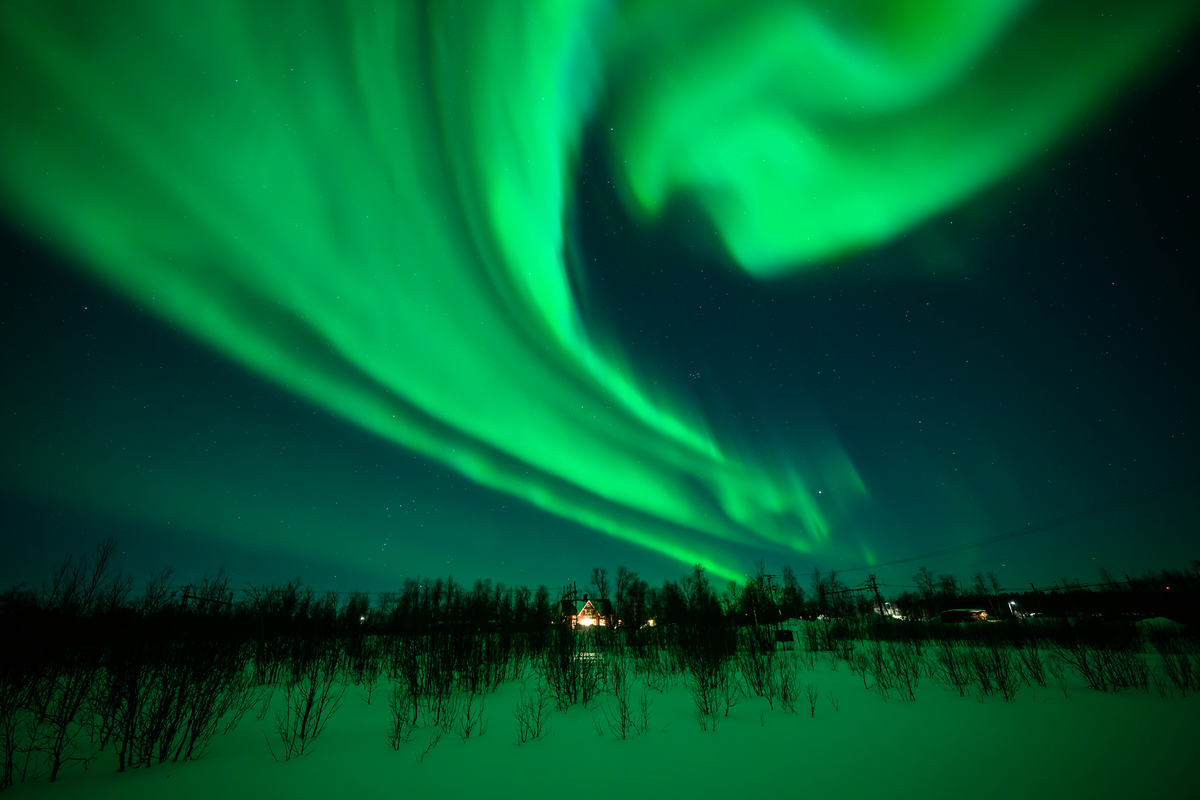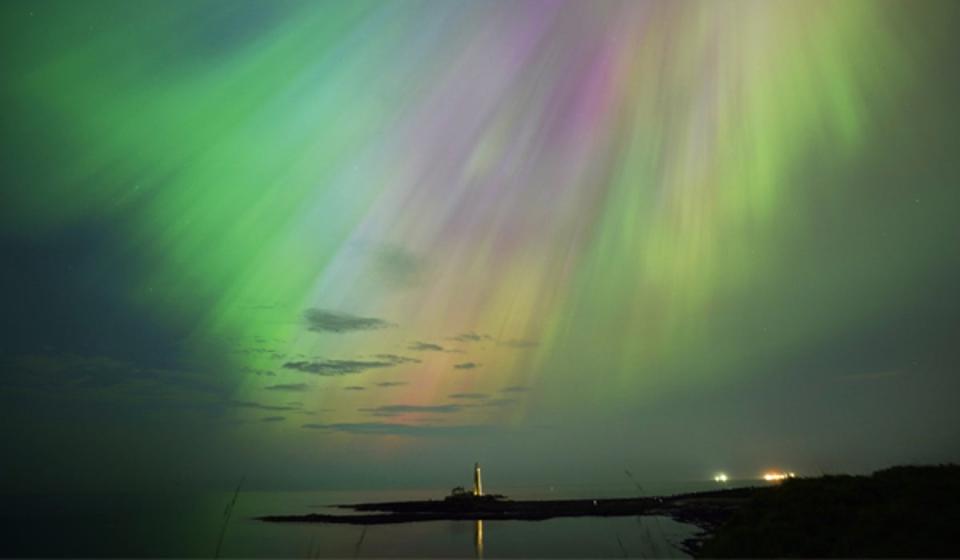Northern lights to return to UK as Sun approaches ‘solar maximum’, scientists predict

The northern lights that appeared over UK skies over the weekend are unlikely to be the last to occur in 2024, according to solar physicists.
The rare phenomena could be seen throughout the UK and as far south as France on Friday and Saturday night following a severe solar storm last week.
It was the first time since 2003 that a category G5 geomagnetic storm was recorded – the highest level on the space weather scale – signalling extreme activity on the surface of the Sun.
The strong solar flares originated from a large sunspot cluster roughly 17 times larger than Earth, with the frequency of sunspots expected to increase as the Sun’s 11-year activity cycle reaches a peak at some point in 2024 or 2025.
“We are currently in a period of high solar activity that has been gradually rising since solar minimum in December 2019, and which occurred slightly earlier than scientists expected,” Dr Steph Yardley, a solar physicist at Northumbria University, told The Independent.

“The maximum of the solar cycle is predicted to be around July 2025, although scientists will not know that solar maximum has occurred until after the peak. However, given that solar minimum was earlier than expected the same may be true of solar maximum.”
Thought I would summarise why there is so much excitement in the space weather community right now. There’s a monstrous sunspot group on the Sun that’s massive enough to be visible to the naked eye (please use eclipse glasses) 🌞 👓 (1/n) pic.twitter.com/NEwwLoCdms
— Dr Steph Yardley🌞 (@slyardley) May 10, 2024
Forecasters at the Met Office Space Weather Operations Centre predicted the extreme auroras in February, warning that it could impact telecommunications systems, satellites and electric power grids.
Over the weekend, SpaceX reported that its Starlink satellite internet service suffered a “degraded service” as a result of the geomagnetic activity.
Some flights also chose to reroute in order to take a more southerly route away from the Earth’s pole, where the impact of the solar storms was most intense.
There have been some reports online of aircraft changing their flight paths and starlink satellite outages due to the ongoing geomagnetic storms (10/n) https://t.co/0gFWbkFh1H
— Dr Steph Yardley🌞 (@slyardley) May 11, 2024
It is not possible to forecast the aurora borealis more than a few days in advance, though the approaching solar maximum is likely to bring impressive displays of the northern lights over the coming months.
“We are seeing a higher number of sunspots than we predicted,” Dr Yardley said. “While the aurora can occur at any time during the solar cycle, displays are more frequent and often stronger during solar maximum.”
Typically, the best time of the year to see them is between September and March, so late summer could deliver some spectacular auroras.

